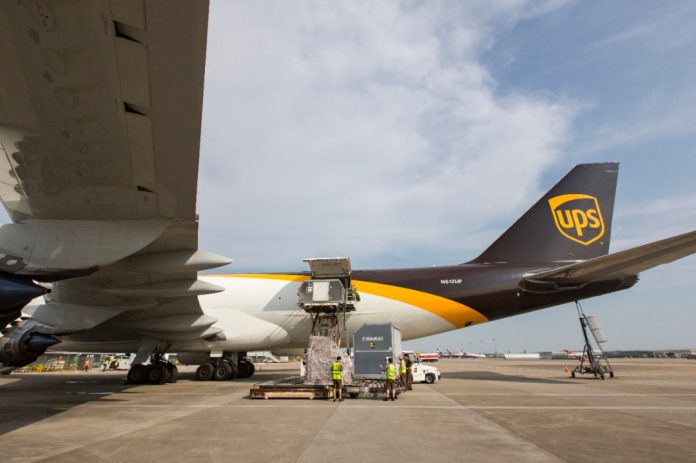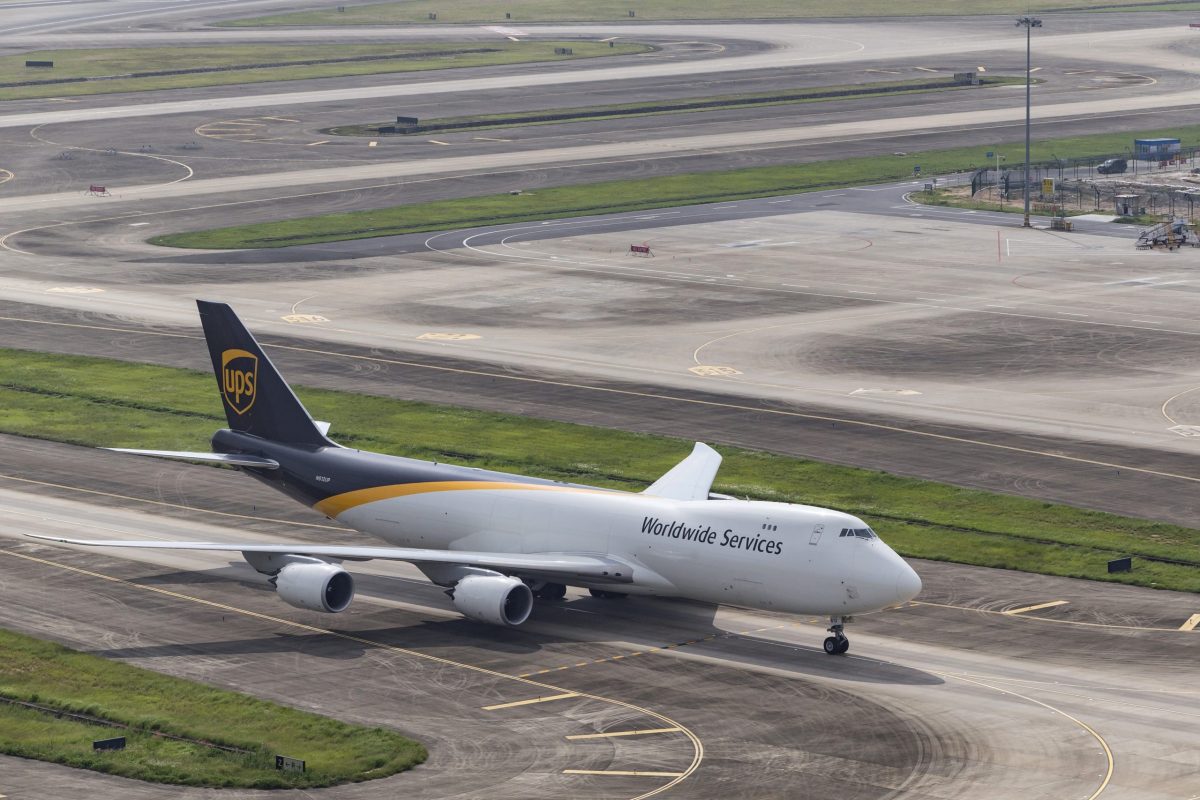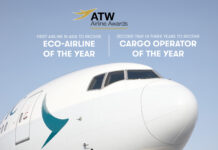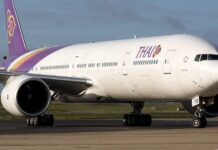
Resilient supply chains, harmonized product standards, and improved intra-Asia logistics lanes can help Thai businesses capture regional trade opportunities.
According to an industry study released by UPS, Thailand’s intra-Asia trade could double in value by 2030 due to its strong manufacturing sector and growing domestic consumer demand. Building off a sustained period of economic growth and improvements in standards of living, Thailand could see trade with the 11 other major markets in the “Asia-12” more than double from USD 255 billion in 2020 to USD 554 billion by the end of the decade.

The UPS study, Clearing the Runway for Intra-Asia Trade, sheds light on trade growth drivers, potential headwinds, and multistakeholder action required to unlock the 2030 opportunity. Four product segments have driven the surge in Thailand’s intra-Asia trade; retail, industrial manufacturing and automotive (IM&A), high-tech, and healthcare. These segments accounted for 73% of the Kingdom’s intra-Asia trade in 2020.
Intra-Asia trade holds incredible potential over the coming decade, built off the immense economic success that key regional economies have accomplished in recent years. Through the strength of UPS’s global network and extensive brokerage expertise, the company has been helping Asian governments, industry partners, and our customers navigate international trade over the last five decades. This report combines that expertise with fresh insights to explore opportunities and challenges in intra-Asia trade over the coming ten years and beyond.
Digital capabilities underpin Thailand’s growth opportunity
Thailand’s trade in the industrial manufacturing and automotive (IM&A) sector, which constitutes the largest share of Thailand’s total intra-Asia trade at 37%, could grow by nearly 50%. In addition, the high-tech segment is also poised to grow, facilitated by key trade lanes. For instance, Thailand and South Korea’s interdependence on machinery and electronics will continue to drive trade in this segment in the future.
Thailand-based businesses can plan for both headwinds and opportunities by diversifying supply chains into resilient trade routes, such as with Malaysia and targeting high-value and high-growth trade routes like the rest of ASEAN. Diversifying supply chains is critical to building resilience in trade flows.
Also, while the pandemic has accelerated the adoption of digital technologies within Thailand, firms could leverage new solutions to improve the efficiency of their operations and supply chains, including real-time logistics tracking and artificial intelligence (AI) tools to smoothen customs and shipping processes.

Russell Reed, managing director of UPS Thailand, added, “While Thailand plays a relatively modest role in intra-Asia trade today, there is a clear opportunity for accelerated growth over the next decade. However, multistakeholder action is required to reduce impediments to trade and harness the opportunities to ensure intra-Asia trade does not stagnate. Active involvement by all stakeholders within the country and across the supply chain is required to build resilience across the supply chain. Our role at UPS is to continue providing solutions that help small businesses in areas such as trade compliance and improving customer experience while supporting government and businesses’ action to help alleviate the key barriers to trade today.”
Increased investment in supply chain innovation is key to unlocking growth potential
Trade in just 12 key markets accounts for 88% of intra-Asia trade today, and these markets are poised to consolidate this position further. UPS found that trade within these 12 markets could more than double in value from USD 6.4 trillion in 2020 to USD 13.5 trillion in 2030.
To build long-term resilience and address potential headwinds, Thailand should increase investment in supply chain innovation and high-quality infrastructure while also deploying technologies such as robotics and automation in warehouses, blockchain-based inventory management, and smart tracking of cargo to improve supply chain productivity, in line with the government’s ‘Thailand 4.0’ policy initiative. In addition, innovation should also extend to the prioritization of smart packaging technologies for Thailand to take advantage of the opportunity that intra-Asia trade presents in the coming decade.

อัพเดตข่าวสารและบทความที่น่าสนใจในอุตสาหกรรมโลจิสติกส์ก่อนใคร ผ่าน Line Official Account @Airfreight Logistics เพียงเพิ่มเราเป็นเพื่อน @Airfreight Logistics หรือคลิกที่นี่













